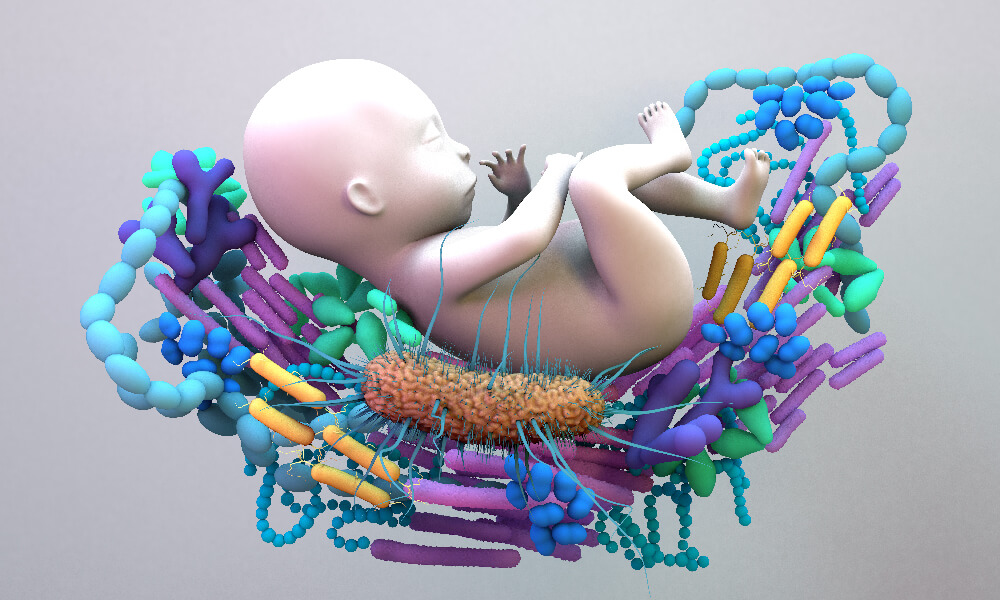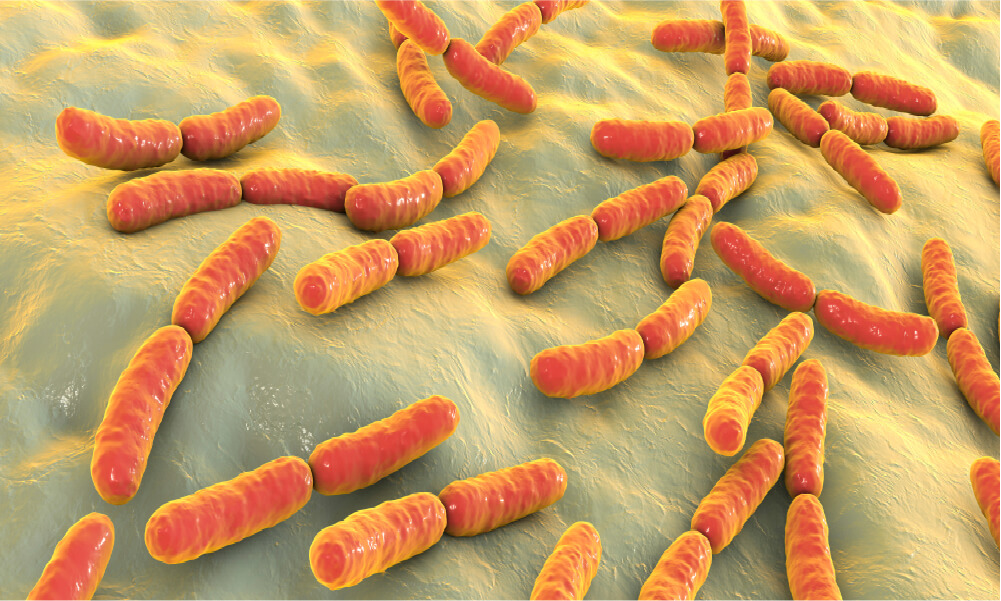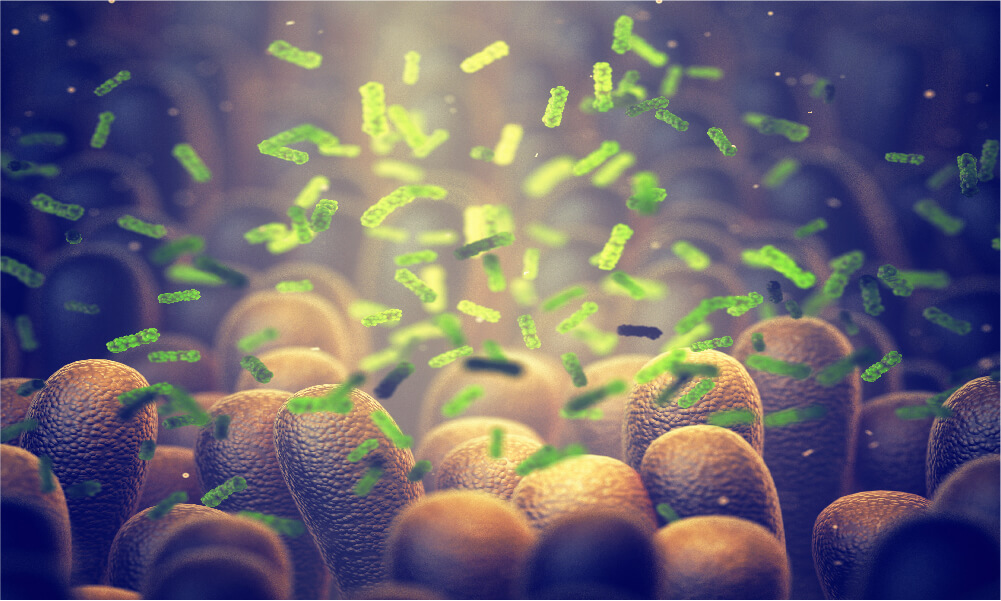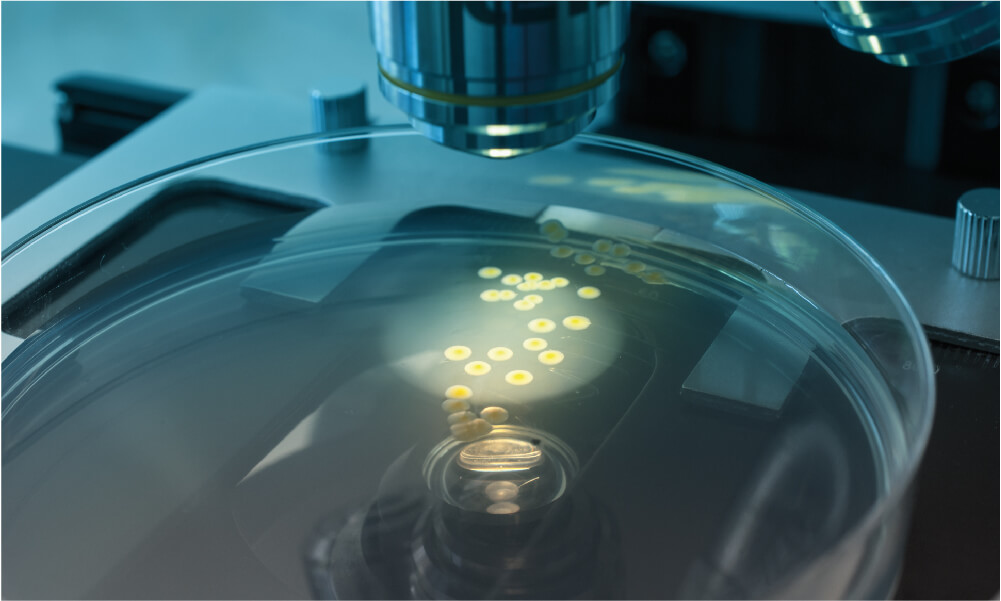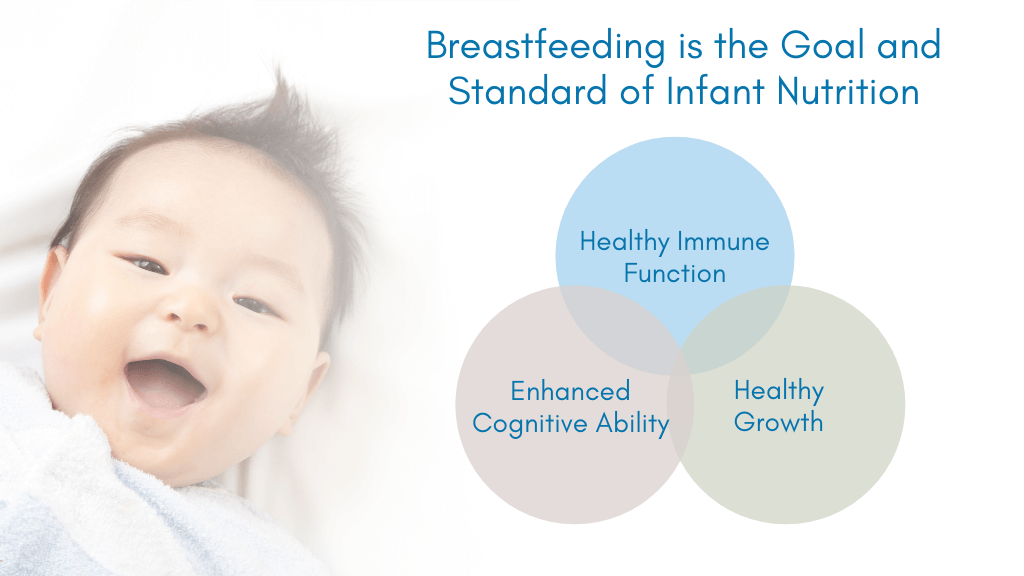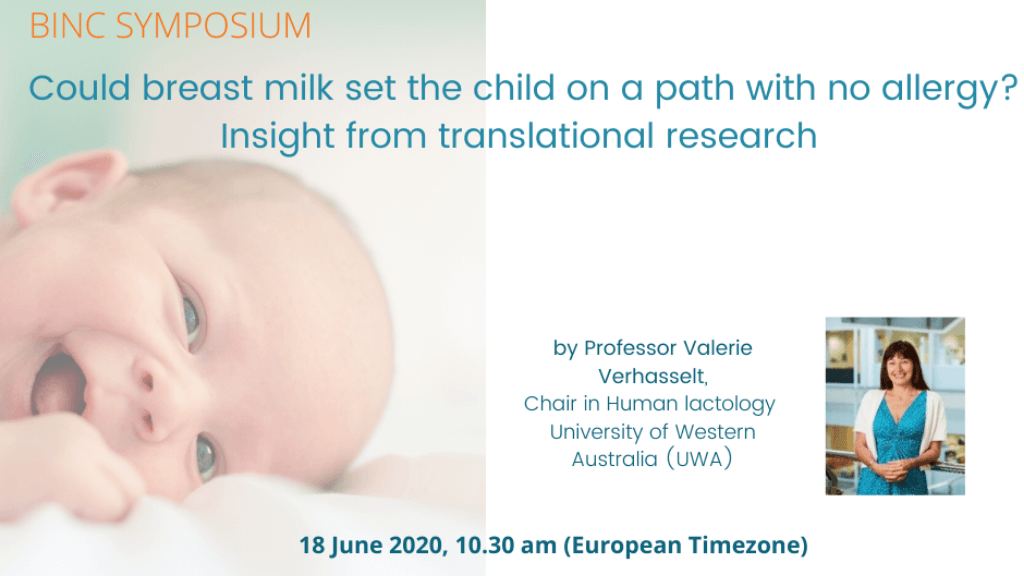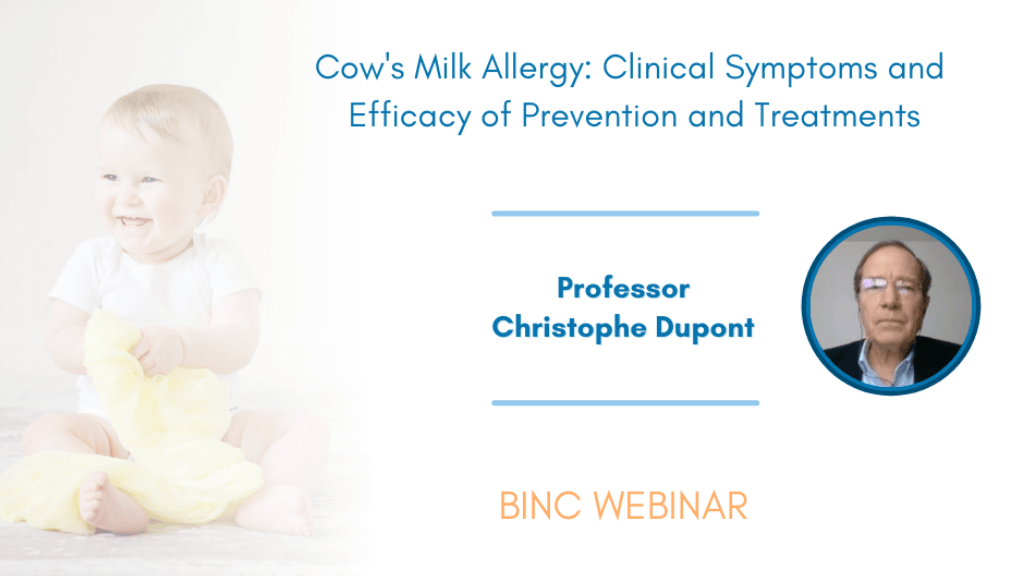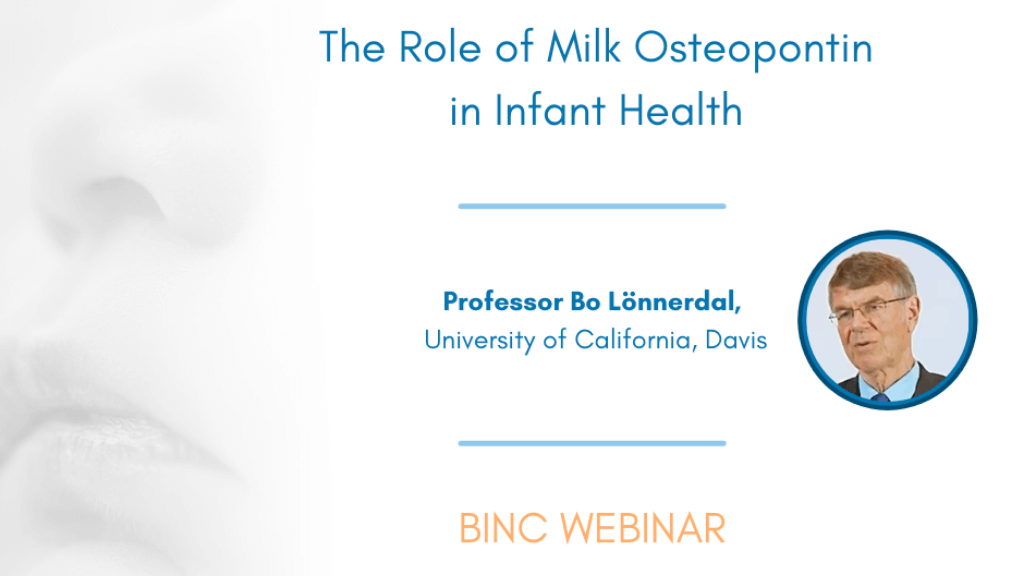Xian Cohort Study: An Association of Breast Milk Composition with Maternal BMI And Infant Growth During the First Three Months of Life
- Topical Area: Nutrition/infant feeding
The aim of this study was to establish a mother and child cohort in the Chinese population and to investigate human milk (HM) composition and its relationship with infant growth and development during the first three months of life.
110 Chinese mother and infant pairs were included in this prospective cohort. Changes of total energy, total fat, total protein, true protein, carbohydrate and osteopontin (OPN) in milk of Chinese mothers at one (T1), two (T2), three (T3) months lactation were analyzed. HM fatty acid (FA) profiles were measured by GC and HM proteomic profiling was conducted by matrix-assisted laser desorption ionization (MALDI), time-of-flight (TOF) mass spectrometry (MS). BMI of the mothers and infant growth indicators, such as weight, length, BMI and head circumference were also recorded at three time points.
Total energy, total fat, total protein, true protein and OPN levels significantly decreased during the first three month of lactation (P < 0.05). Similarly, medium and long-chain saturated FA, including C13:0, C16:0, C20:0, C22:0 and C24:0, and n-6 polyunsaturated (PU) FA including C20:3n6 and C20:4n6, and n-3 PUFA, including C18:3n3, C20:3n3 and n6/n3 ration all significantly decreased over time (P < 0.05). Conversely, short-chain fatty acids, such as butyrate and C6:0, increased during the first three months (P <0.05). HM proteomic analyses distinguished protein composition over time (P = 0.001). Personalized analyses demonstrated that the HM of high-BMI (BMI>25) mothers presented increased total fat, total protein and total energy at T1 and/or T3, and increased OPN at T3 when compared with the normal-BMI (18<BMI<20) mothers (p < 0.05). Similarly, the content of n6 PUFA including C18:3n6 at T1, C20:3n6 at T1-T3 and n6/n3 ratio at T3 were significantly higher in high-BMI mother’s milk. However, the content of MUFA, mainly C18:1 was significantly higher in low-BMI mother’s milk. In addition, BMI of the mothers was positively correlated with the specific FA C20:3n6 (P <0.05,r = 0.27, 0.34, 0.36 respectively) as well as the head circumference (HC) of infants (P <0.05,r = 0.31, 0.33, 0.20 respectively) over the three time points.
This study showed that HM changes over time and many of the studied components decreased in concentration during the first three months of lactation. It also concluded that maternal postpartum BMI can influence the FA profile of HM and HC of the infants. This study provides more evidence to the Chinese breast-milk database and further knowledge of HM FA function to support future strategies for the health growth and development of Chinese infants.
H&H Group Global Research and Technology Center, Guangzhou, China; School of Food Science, South China Agriculture University; Division of Laboratory Medicine, Zhujiang Hospital, Southern Medical University; Child Health Care Center, Changsha Hospital for Maternal and Child Care, Changsha, China
Are you a Healthcare Professional?
Important Notice and Declaration
Breast milk is best for babies. Professional advice should be followed before using an infant formula. Introducing partial bottle feeding could negatively affect breast feeding. Good maternal nutrition is important for breast feeding and reversing a decision not to breast feed may be difficult. Infant formula should always be used as directed. Proper use of an infant formula is important to the health of the infant. Social and financial implications should be considered when selecting a method of feeding.
The information provided on this website is intended for use by healthcare professionals only. It is a condition of use of this site that you are a healthcare professional within the meaning of regulations within your country of practice. Then denoting below Yes I am/No icons. For Healthcare Professionals based in Australia : It is a condition of use of this site that you are a healthcare professional within the meaning of the Marketing in Australia of Infant Formulas (MAIF) Agreement or the Therapeutic Goods Act.









